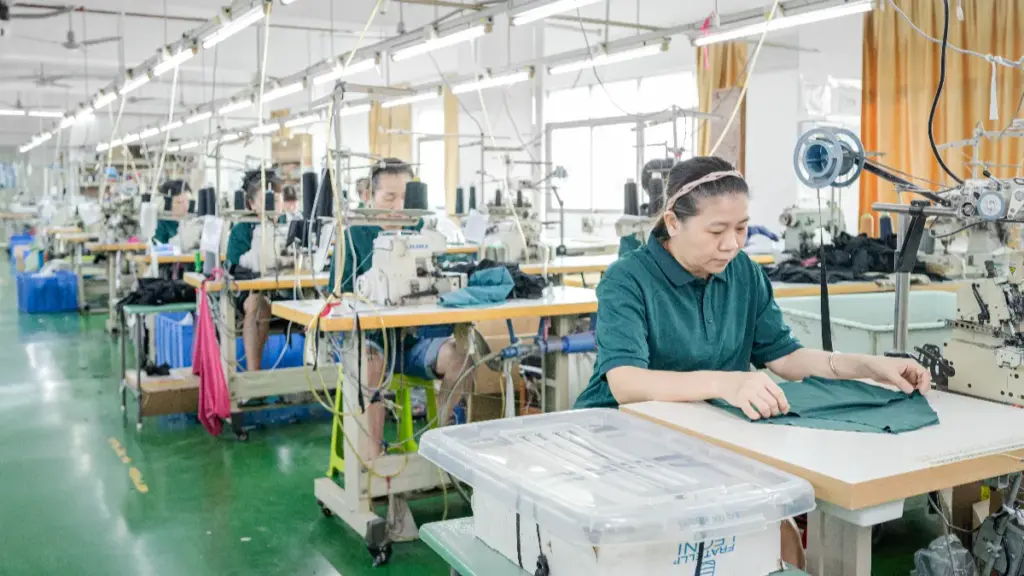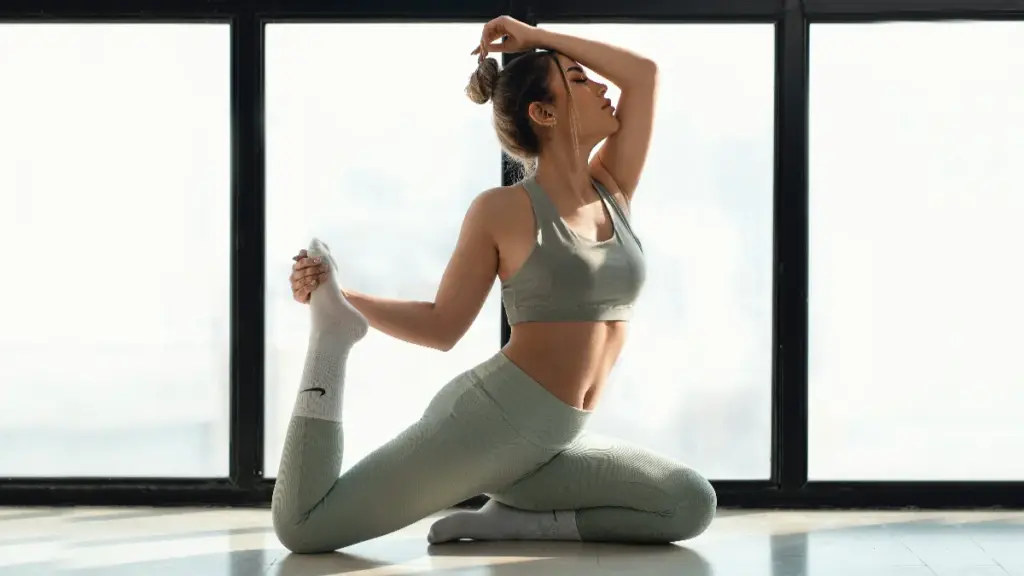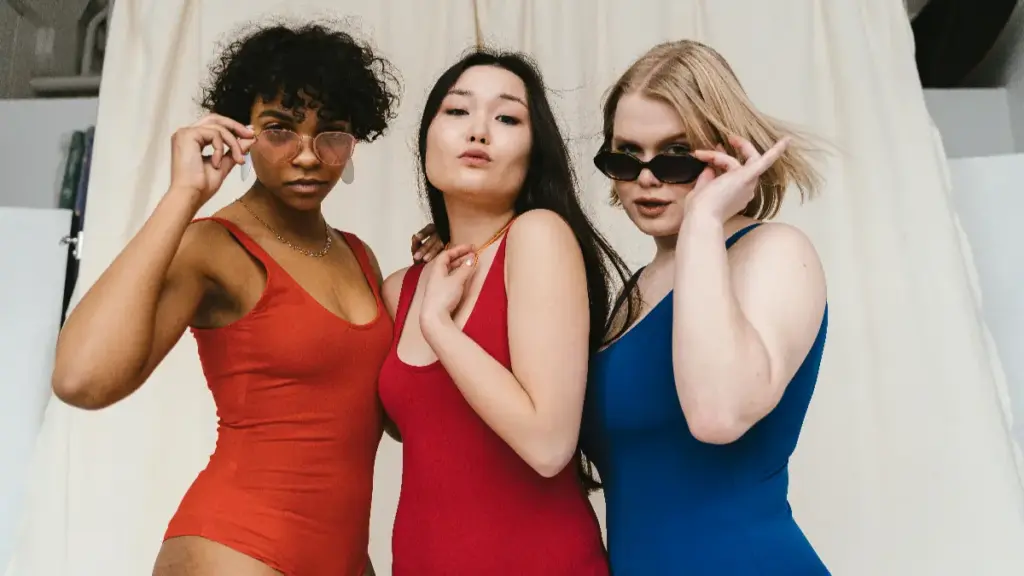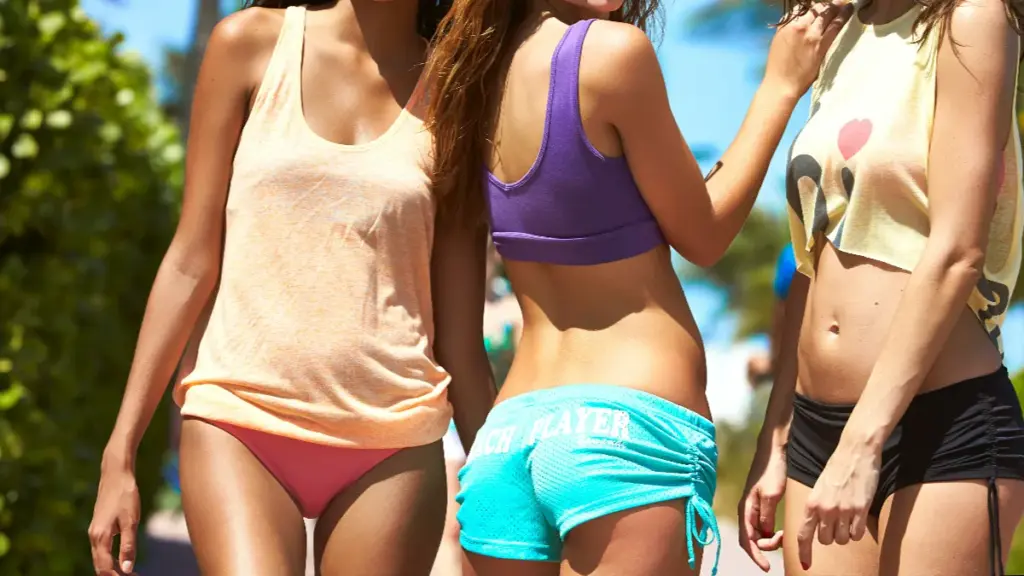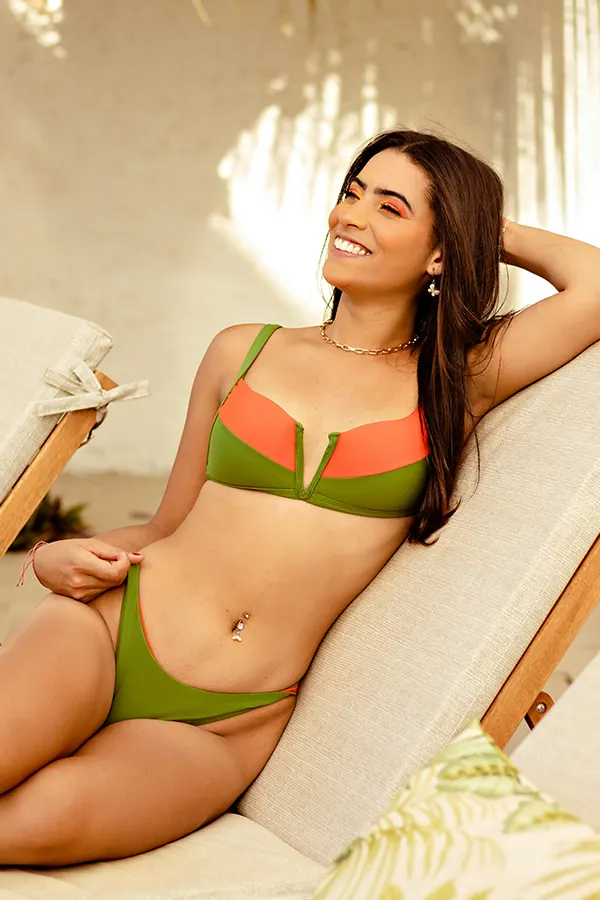When you think about swimsuits, you may first picture summer vacations, white beaches, and pool parties. But from the view of a manufacturer, swimsuits are also a fast-moving product category with its own rules, market dynamics, and design challenges. Over the years, I have seen how small changes in trends or fabrics can reshape collections, influence sales, and even decide if a brand wins or fades. In this guide, I want to share both the basics and the insider details: the most popular swimsuit types, how niche designs grow, what fabrics matter, and how manufacturers like us help brands create the right product.
Global Swimwear Market Trends and Consumer Preferences

Market Growth and Industry Outlook
The global swimwear market has been expanding steadily. In 2024, it was valued at more than $21 billion, and Grand View Research projects an annual growth rate of 5–6% through 2030. Growth is fueled not only by leisure travel but also by fitness, water sports, and lifestyle shifts influenced by social media. From a manufacturer’s perspective, this steady rise means brands must prepare for increasing competition and faster design cycles.
Shifts in Consumer Preferences
Today’s buyers are far more demanding than a decade ago. Beyond comfort and price, they now seek fabrics that dry quickly, cuts that flatter diverse body shapes, and designs that feel personal. In some market research, many Gen Z shoppers are reported to prefer swimsuits that express their individual style, while millennials lean toward versatile options—pieces they can wear at the beach and later as part of an outfit.
The Rise of Sustainable Swimwear
Sustainability is no longer a niche; it is becoming mainstream. Eco-friendly fabrics like rPET (recycled polyester from plastic bottles) and Econyl® (regenerated nylon from fishing nets) are in high demand. Industry trends show that sustainable swimwear is growing at a faster pace than traditional materials, with Allied Market Research projecting steady annual growth of over 7% CAGR through 2032. For manufacturers, this requires not just sourcing new fabrics but also ensuring recycled textiles meet durability and fit standards.
With these market forces in mind, it’s easier to understand why certain swimsuit types dominate collections worldwide. Let’s take a closer look at the most popular styles and what makes them stand out.
The Most Popular Types of Swimsuits Explained
Swimsuits may look simple, but in practice, the variety is wide. Here are the most common categories that dominate collections across the world:
One-Piece Swimsuits
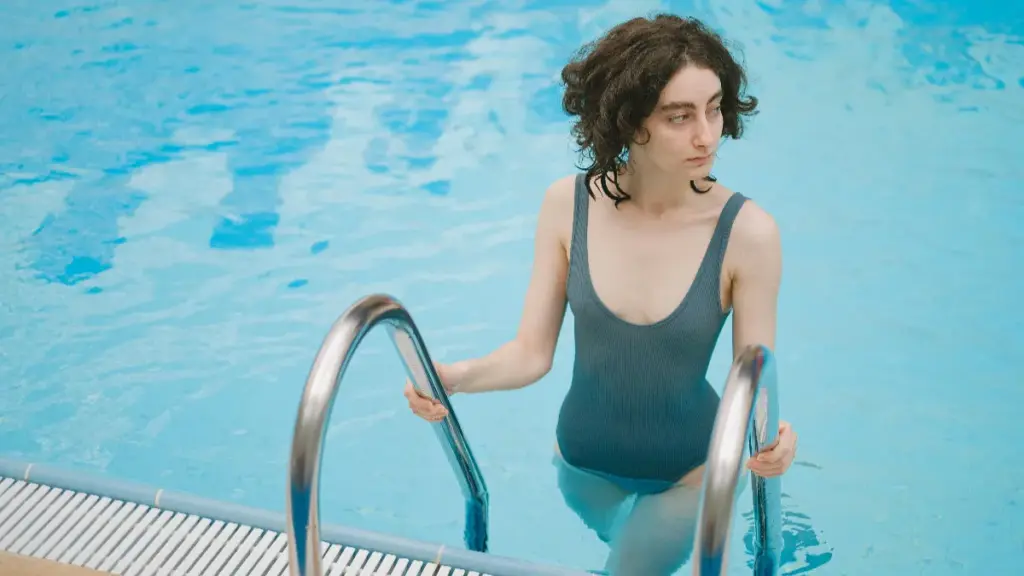
One-piece swimsuits are the most classic design, offering a full-body silhouette that connects the top and bottom into a single garment. Most designs feature scoop necklines, halter straps, or racerback cuts. Some modern variations add cut-outs, zippers, or mesh panels to make them more stylish.
Because of the streamlined design, one-piece swimsuits are widely used for both leisure and athletic purposes. They provide stability during swimming and are comfortable for long wear. They are especially suitable for women who prefer more coverage around the waist and abdomen, as well as for swimmers who need suits that stay in place during movement.
| Pros | Cons |
| Provides strong coverage and support | Less flexibility in styling |
| Great for swimming and training | Can feel restrictive compared to bikinis |
| Flattering for many body types | Harder to put on and take off |
ビキニ
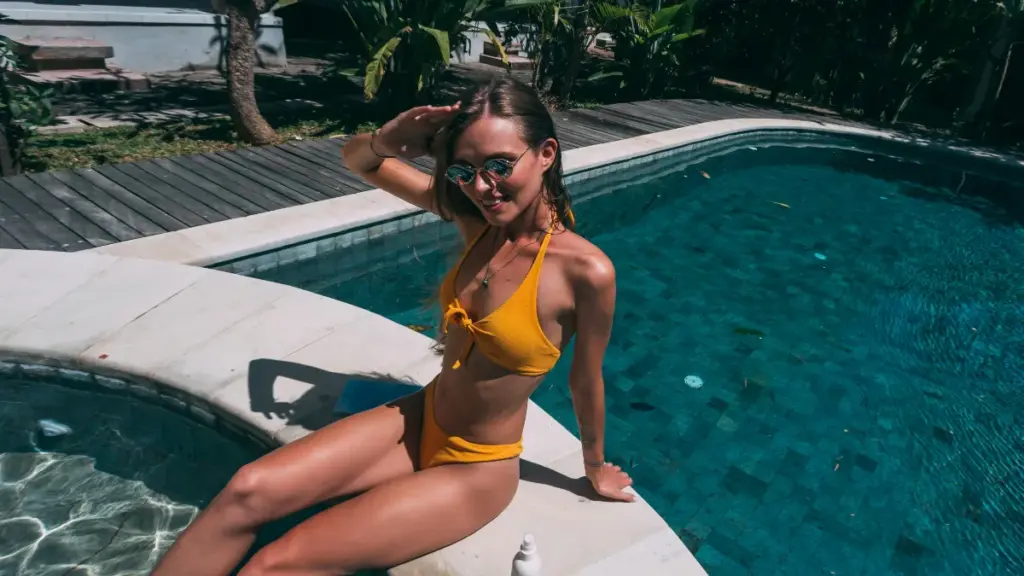
ビキニ are two-piece swimsuits made up of a separate top and bottom. The design offers a high degree of versatility because both parts can be mixed and matched. Bikini tops range from triangle and bandeau to underwire bras, while bottoms may be high-cut, cheeky, or classic briefs.
They are popular for sunbathing and beach holidays because they expose more skin and create even tanning lines. Bikinis also appeal to younger consumers or anyone who enjoys customizing their swimwear look. However, because of their minimal coverage, they may not be as practical for active swimming or water sports.
| Pros | Cons |
| Highly versatile and customizable | Offers minimal coverage |
| Fashion-forward and trendy | Can shift or loosen during activity |
| Ideal for tanning | Less supportive for larger busts |
タンキニス
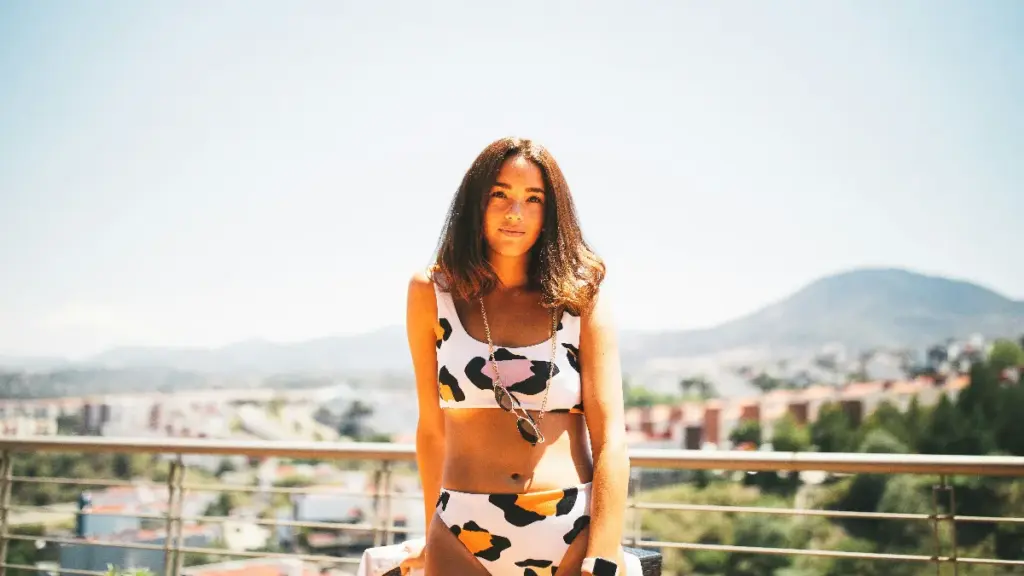
タンキニス are two-piece swimsuits combining a tank top with bikini bottoms. The top extends down to the waist or hips, paired with a separate bottom. This design often looks like a tank top, hence the name. Tankinis come in many cuts, from sporty to flowing, making them a flexible option.
This type is favored by people who want modesty but still appreciate the ease of a two-piece. They are easier to put on and remove than a one-piece, especially for children and older adults. Tankinis also allow mix-and-match styling, making them practical for different occasions.
| Pros | Cons |
| Balanced coverage and flexibility | May ride up during swimming |
| Easier to wear than one-piece suits | Less sleek than a true one-piece |
| Good for body confidence | Can look bulky depending on design |
Monokinis / Cut-Out Swimsuits
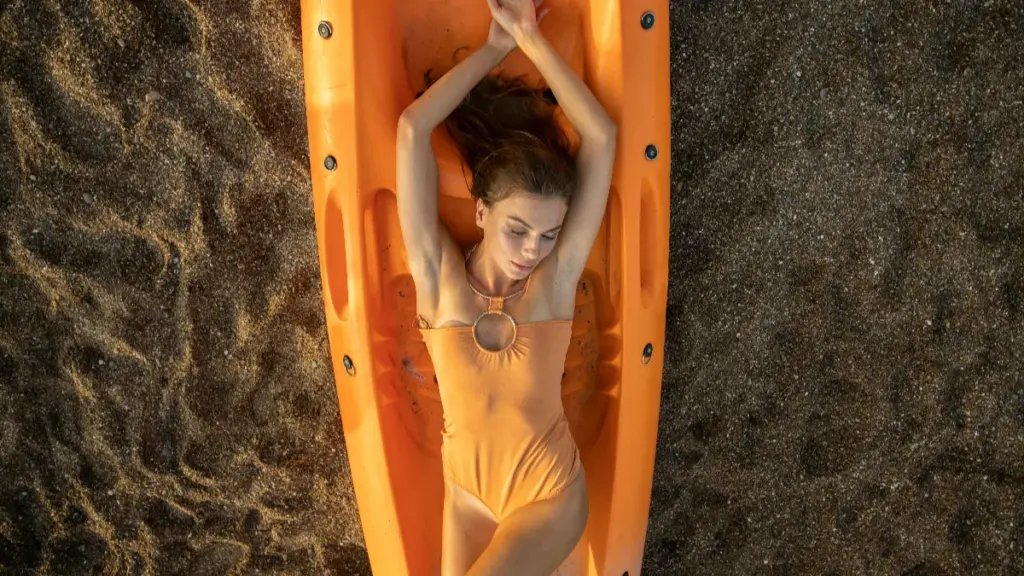
Monokinis are creative swimsuits of the one-piece, with cut-outs along the sides, front, or back. They balance between coverage and exposure, giving a bold and stylish look. Many designs feature plunging necklines or side openings to enhance body contours.
They are suitable for beachwear, poolside lounging, and casual swimming. This style is usually preferred by people who want a fashionable look or to highlight their body shape, but it is not suitable for active swimming because the cut-outs may expose more than intended.
| Pros | Cons |
| Trendy and eye-catching style | Not practical for active swimming |
| Enhances body shape with cut-outs | Tan lines can be uneven |
| May feel less secure |
Swim Dresses
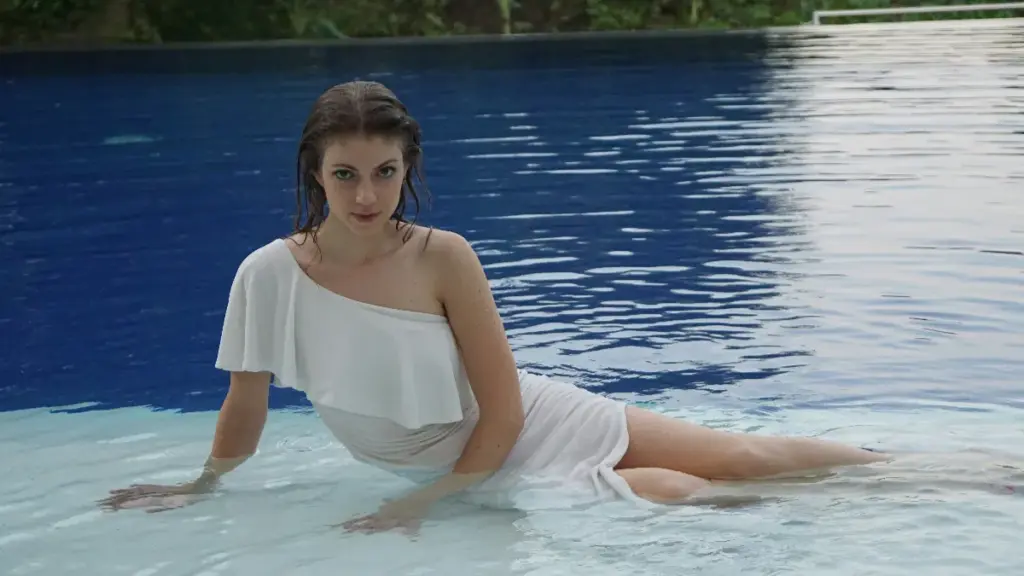
Swim dresses are swimsuits with an attached skirt, providing a feminine and modest look. They usually come in one-piece form with added fabric that extends below the waist. Designs may include flared skirts, adjustable straps, or supportive cups.
They are ideal for those who want full coverage around the thighs and hips. Swim dresses are often chosen by mature women or by those who want extra comfort and body confidence. While they may not be designed for competitive swimming, they are perfect for relaxed holidays, family pool visits, and resorts.
| Pros | Cons |
| Provides maximum coverage | Not suitable for performance swimming |
| Comfortable and modest | Can feel heavy when wet |
| Feminine and stylish design | Limited styling options |
High-Waisted Swimsuits
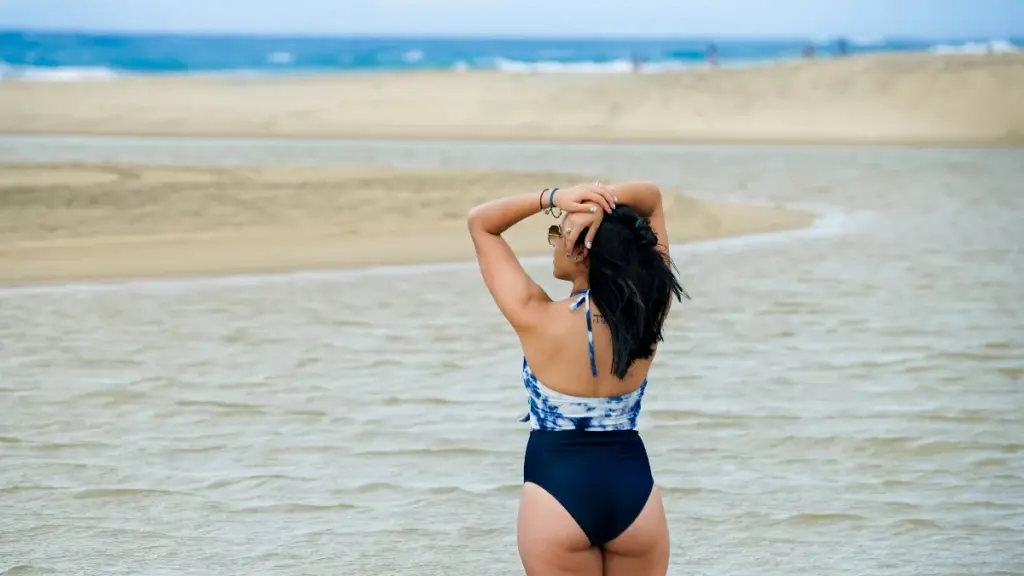
High-waisted swimsuits are a variation of bikinis with bottoms that rise above the navel. This retro-inspired style has become increasingly popular for its flattering silhouette and vintage charm. They often highlight the waistline while covering the stomach area.
These swimsuits appeal to women who want both style and modesty. They are comfortable for lounging at the beach and practical for light swimming. Many fashion-forward brands use bold prints or textured fabrics to make high-waisted suits trendy and eye-catching.
| Pros | Cons |
| Flattering for waist and hips | Less ideal for tanning |
| Retro and stylish look | Can feel less supportive if poorly designed |
| Good compromise between bikini and one-piece | Not always suitable for sport use |
Specialty Swimwear Styles for Niche Markets
Beyond the mainstream, niche categories are growing fast:
Maternity Swimsuits

Maternity swimsuits are designed to accommodate a growing belly while providing support for the bust and abdomen. They often feature adjustable side panels, ruched fabric, or built-in support to ensure comfort throughout pregnancy.
These swimsuits are suitable for pregnant women who want to stay active at the pool or beach. They are chosen for comfort, stretchability, and the ability to provide coverage without restricting movement.
| Pros | Cons |
| Comfortable and stretchy | Limited style variety |
| Provides support for changing body | May be more expensive |
| Allows mobility during pregnancy | Fewer mix-and-match options |
Plus-Size Swimsuits
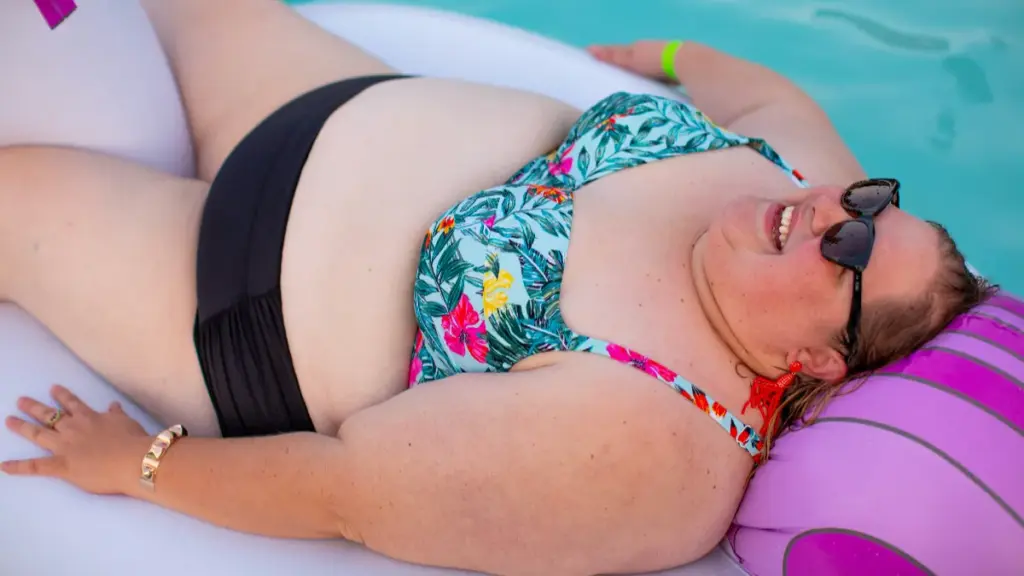
Plus-size swimsuits are designed to provide fit, support, and comfort for curvier body types. They often include features like reinforced straps, tummy control panels, and supportive bust designs.
They are suitable for individuals seeking confidence and comfort at the beach or pool. These swimsuits help enhance body shape while ensuring mobility and stability during swimming or lounging.
| Pros | Cons |
| Provides support and comfort | Limited designs in some brands |
| Enhances body confidence | May be less available in trendy patterns |
| Allows freedom of movement | Some styles may feel heavy when wet |
Rash Guards and UV-Protective Swimsuits
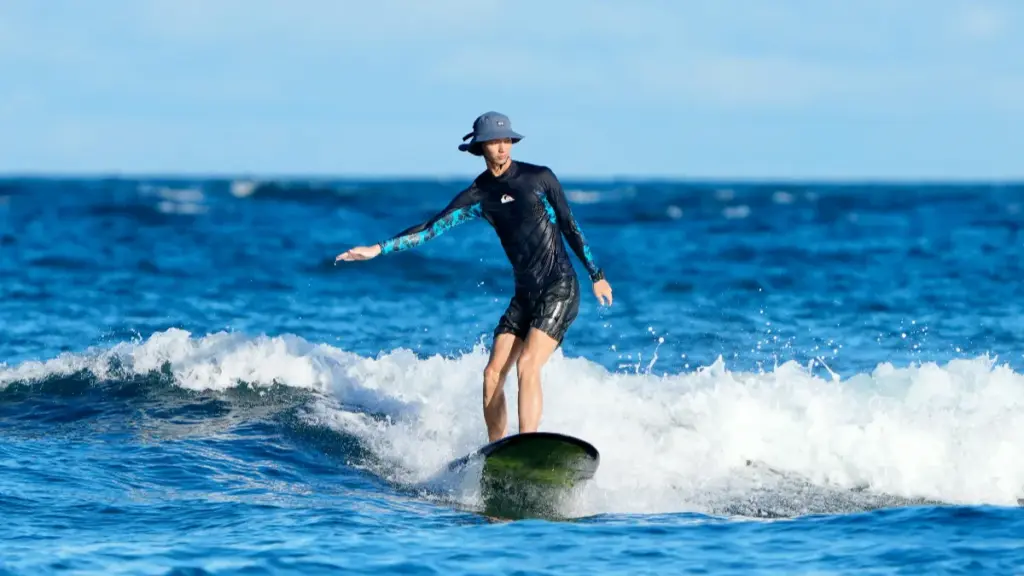
Rash guards and UV-protective swimsuits are designed for extended outdoor activity. They usually cover the arms, shoulders, and sometimes the legs, using stretch fabrics that block UV rays and reduce friction.
These suits are suitable for surfers, snorkelers, children, or anyone spending long periods in the sun. They are chosen for sun protection, abrasion resistance, and comfort during water sports or beach activities.
| Pros | Cons |
| Protects from sun and friction | Less skin exposure for tanning |
| Comfortable stretch fabric | Limited styling options |
| Suitable for prolonged activity | Can feel warm in hot climates |
Competitive / Athletic Specialty Swimsuits
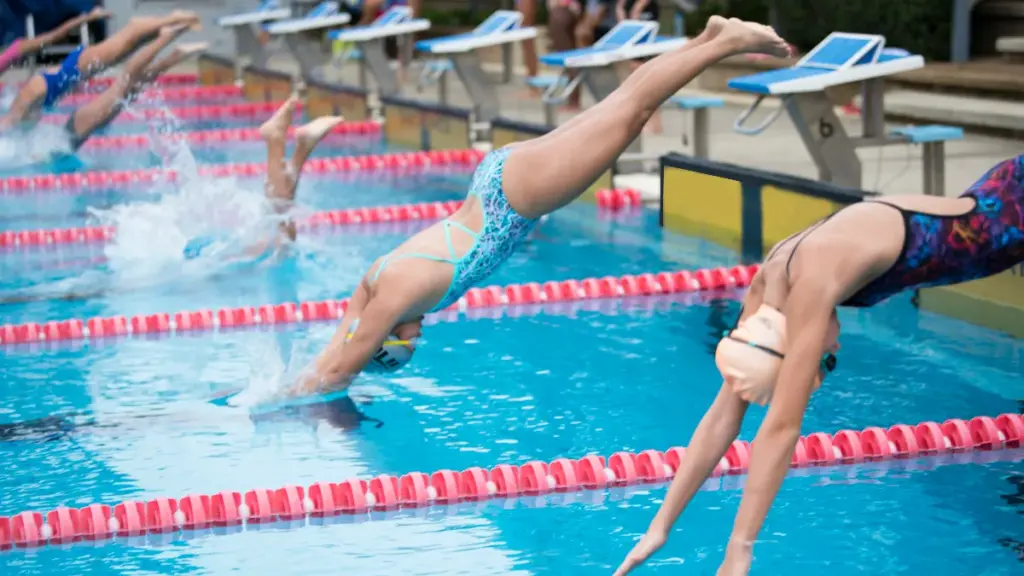
Competitive or specialty athletic swimsuits are designed for swimming performance. They feature compression fabrics, streamlined cuts, and reinforced seams for reduced drag and increased support.
They are chosen by swimmers or athletes who need stability, comfort, and minimal resistance in the water. These swimsuits are suitable for training, competitions, or water sports requiring precision and movement efficiency.
| Pros | Cons |
| Provides stability and support | Limited casual styling |
| Reduces drag in water | Not designed for sunbathing |
| Durable for repeated use | Less versatile for leisure |
What Are the Most Common Fabric Used in Swimsuits?
Swimsuits rely on specific fabrics that combine stretch, durability, and comfort. Here are the most common types used:
- Nylon (Polyamide): Nylon is a synthetic fiber known for its smooth texture and light weight. It provides good elasticity, allowing swimsuits to fit snugly while retaining shape. Nylon dries quickly and feels soft against the skin, making it comfortable for both swimming and lounging.
- Polyester: Polyester is durable and resistant to chlorine and UV rays. It maintains color well and resists pilling over time. Polyester offers moderate stretch and is slightly less elastic than nylon, but it provides long-lasting shape retention and consistent performance for frequent swimmers.
- Spandex / Elastane (Lycra): Often blended with nylon or polyester, spandex adds high stretch and recovery to swimsuits. It ensures freedom of movement and helps the suit hold its form even after repeated wear. Spandex enhances comfort and allows for body-hugging fits without restriction.
- PBT (Polybutylene Terephthalate): PBT is a chlorine-resistant polyester variant, commonly used in competitive swimwear. It offers excellent shape retention and moderate stretch, making it ideal for athletic swimsuits that require durability in pool conditions.
What to Consider Before Starting a Swimwear Business?
Starting a swimwear business requires careful planning and knowledge of both products and customers. Here are key factors to consider:
- Target Audience: Understand who will buy your swimsuits. Consider age, body types, style preferences, and activity levels. This helps determine designs, sizing, and marketing strategies.
- Design and Product Quality: Swimwear requires durable fabrics, proper fit, and comfort. Ensure materials provide elasticity, color retention, and resistance to chlorine or sun exposure. Good craftsmanship affects customer satisfaction and brand reputation.
- Sizing and Fit Range: Offer accurate sizing and inclusive options. Customers expect consistent fit across styles, so consider offering plus-size, maternity, or specialized athletic designs to meet diverse needs.
- Production and Supply Chain: Identify reliable swimwear manufacturers who can deliver quality products on time. Consider lead times, minimum order quantities, and flexibility for custom designs.
- Brand Identity and Differentiation: Define what makes your swimwear unique. Whether it’s style, materials, or functionality, a clear brand identity helps attract customers in a competitive market.
Choosing the Right Swimwear Manufacturer for Your Brand
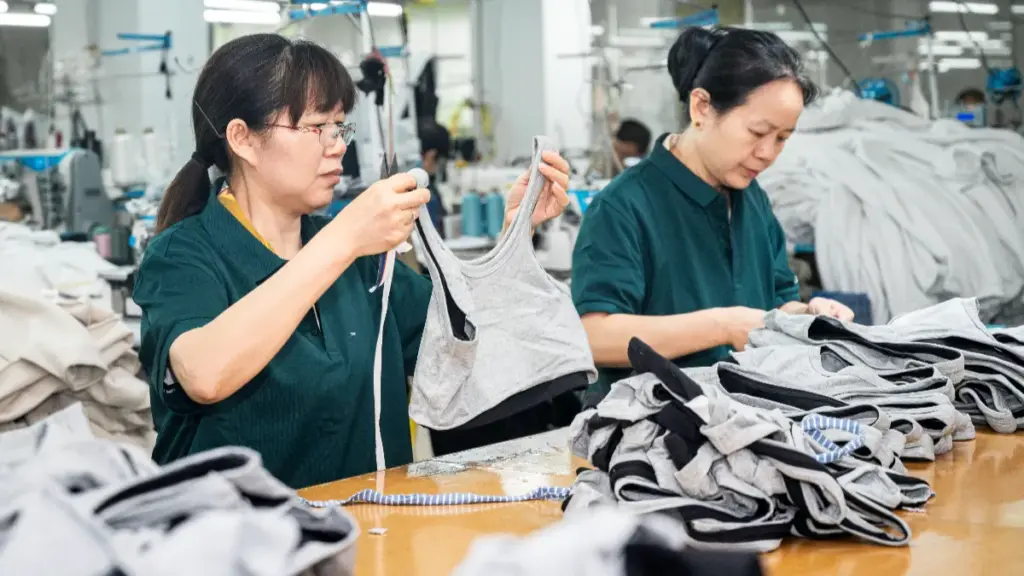
Selecting a reliable swimwear manufacturer is crucial for product quality, consistency, and brand reputation. Here are key factors to consider:
- Experience and Expertise: Look for manufacturers with a proven track record in swimwear production. Expertise in fabric handling, stitching techniques, and design execution ensures high-quality finished products.
- Fabric and Material Options: Ensure the manufacturer can source and work with quality fabrics like nylon, polyester, and spandex. They should offer options for chlorine-resistant, UV-protective, or performance-oriented materials depending on your product line.
- Customization Capabilities: Good private label swimwear manufacturers should accommodate custom designs, prints, patterns, and sizing. Flexibility in small or large production runs is important for brand differentiation and testing new styles.
- Production Capacity and Lead Times: Verify that the manufacturer can meet your order volumes and deadlines. Reliable delivery schedules help avoid stockouts and maintain customer satisfaction.
- Quality Control and Compliance: Check if the manufacturer follows quality control standards and certifications. Consistent inspection processes reduce defects and ensure products meet safety and durability requirements.
Final Thoughts
Swimsuits come in many types, including one-piece, ビキニ, タンキニス, monokinis, swim dresses, high-waisted styles, athletic suits, rash guards, maternity, and plus-size options. Each style offers unique features, comfort, and suitability for different activities and body types.
If you are considering launching a swimwear line or need guidance on selecting the right products and manufacturing partner, feel free to reach out. Our team is happy to answer any questions and support your brand’s success.

